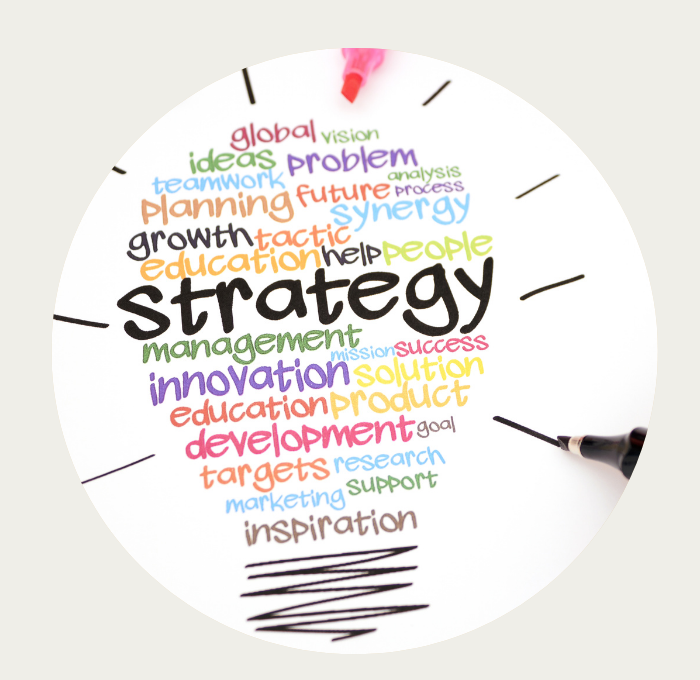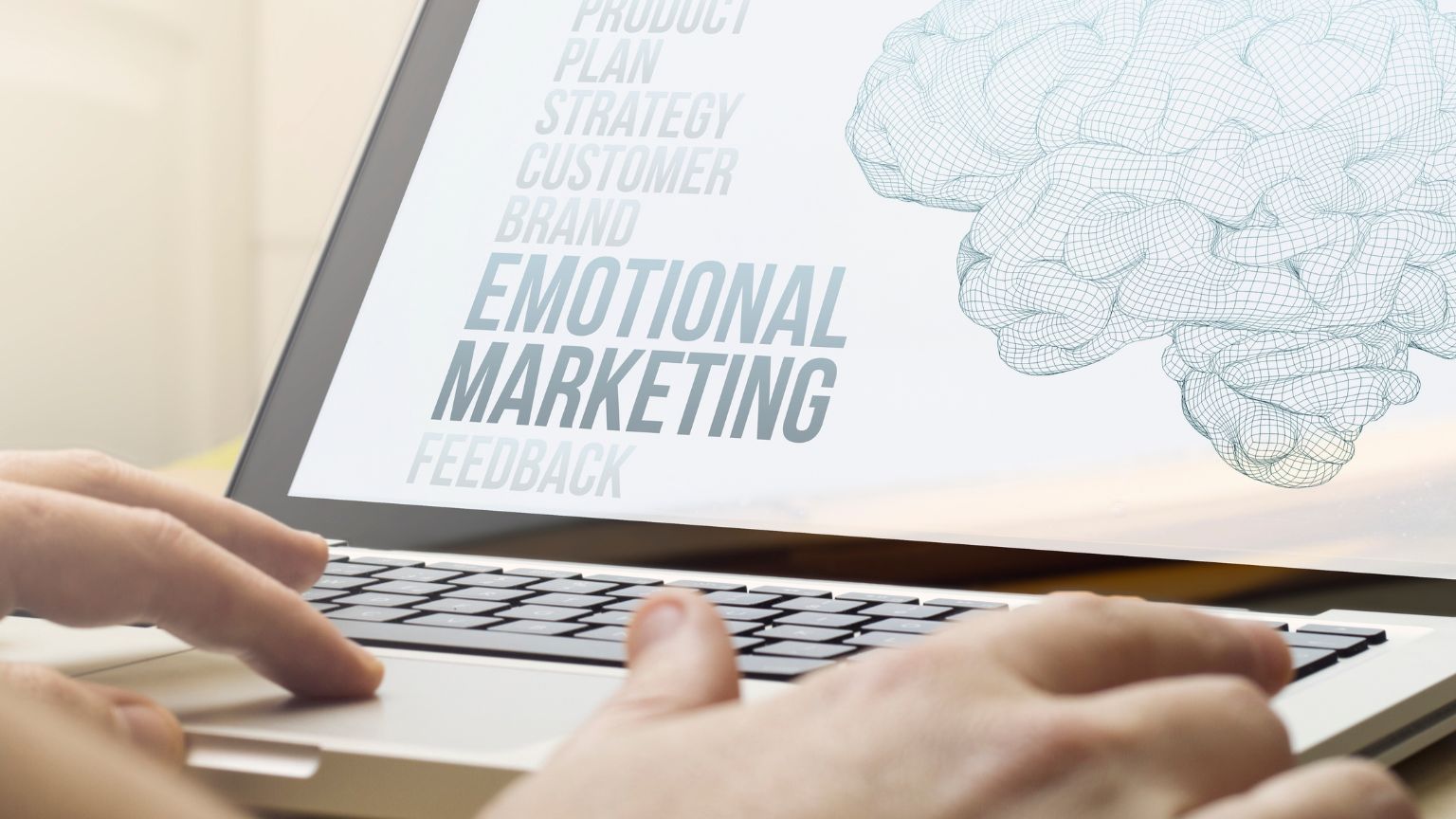Discover how to use the psychology of marketing to connect emotionally with your audience and improve your results.
To begin with, in a world overloaded with information, grabbing attention is no longer enough. Today’s most successful brands understand that the real power of marketing lies in emotional connection. It’s not just about offering quality or competitive pricing—emotions drive many of our purchasing decisions.
In this blog, we’ll explore how the psychology of marketing works and what strategies you can use to connect with your audience in an authentic, deep, and lasting way.
First of all, the psychology of marketing is a field that studies how people think, feel, and behave in response to a brand’s messages or experiences. It goes beyond basic market analysis—it focuses on the “why” behind consumer actions.
This involves a deep understanding of:
- How perception works
- What motivates people to act
- What desires, fears, and aspirations can be activated
- How to influence behavior without being intrusive
For example, someone doesn’t buy a perfume just for the scent—they buy it to feel attractive, confident, or desired. Or a person might choose a brand of coffee not just for the flavor, but because it represents comfort, routine, or sophistication.
That’s why marketing stops being just about the product and starts being about the emotional experience. And that’s the foundation for building truly impactful strategies.


After understanding the basics, it’s essential to dive deeper into why emotions play such an important role in marketing.
Emotions are mental processes that occur before we can even rationalize them. This means that buying decisions are often automatic, based on immediate feelings, and not necessarily the result of logical comparisons.
When you connect emotionally with your audience:
- You activate the brain’s limbic system, which is responsible for memory, learning, and desire
- You create a positive memory associated with your brand
- You make decision-making easier, reducing hesitation
- You increase the chances of being recommended, because positive emotions are shared
That’s why the most successful marketing campaigns appeal to emotions like nostalgia, humor, love, safety, or growth. Brands that make people feel something are remembered, shared, and chosen again.
Here are key psychological techniques to strengthen your marketing:
- a) Storytelling
Stories create emotional bonds. Share your brand’s journey, client success, or supported causes. Ensure there’s conflict, emotion, and resolution. - b) Color Psychology
Colors trigger emotions:
- Blue = trust
- Red = urgency
- Green = health
- Yellow = joy
Use a palette aligned with your brand’s values.
- c) Scarcity and Urgency
Limited-time offers trigger FOMO and drive quick decisions. Use phrases like “only a few left,” but don’t overdo it or it loses impact. - d) Social Proof
Testimonials and reviews build trust better than ads. Show them prominently on your site and social media. - e) Identity and Belonging
People buy into communities and values. When your brand reflects their identity, it becomes part of their lifestyle—like Apple does.


On the other hand, social media is the ideal space to apply the psychology of marketing. Why? Because it allows direct interaction, visual storytelling, and real-time emotional feedback. Platforms like Instagram, TikTok, Facebook, and even LinkedIn are spaces where brands don’t just promote—they build human connections.
Here are some key strategies you can implement:
- Share real-life stories: True experiences resonate more deeply than generic ads. Use testimonials, client moments, or even behind-the-scenes content.
- Post emotionally powerful visuals and videos: Visuals that convey joy, empathy, or resilience leave a strong impression.
- Encourage participation: Ask questions that invite personal reflection or storytelling. This strengthens your bond and increases engagement.
- Use music and effects strategically: On platforms like Reels or TikTok, music can evoke strong emotions and enhance your message.
- Celebrate with your community: Recognize holidays, wins, milestones, and your followers’ stories. These gestures build trust and emotional closeness.
Additionally, social media gives you instant feedback. Likes, shares, comments, and direct messages provide valuable emotional insights that help refine your emotional marketing strategy in real time.
Finally, it’s important to recognize that emotional marketing is not a short-term tactic, but a long-term relationship-building strategy. The most impactful brands maintain emotional consistency across all touchpoints—from their website to customer support.
To sustain this emotional bond over time, consider:
- Consistency in your voice and tone: Your brand should feel familiar. Emotional tone should be part of your identity, not just a campaign trick.
- Customer care with empathy: Resolving concerns with compassion builds loyalty and long-lasting impressions. Often, service speaks louder than ads.
- Appreciation and personalization: People want to feel valued. A personalized thank-you message or thoughtful gesture can have a huge emotional impact.
- Listening and evolving: Pay attention to your audience’s shifting emotions and needs. Brands that grow emotionally with their community stay relevant.
Ultimately, emotional marketing is about building meaningful human connections, where your brand becomes a trusted companion in your audience’s journey. It may take time—but the results are deeper and far more lasting than a quick sale.

Conclusion
In conclusion, applying the psychology of marketing allows you to go beyond the superficial. It helps you build a brand that doesn’t just sell, but matters.
Remember: it’s not about manipulation, it’s about understanding. Emotions are the most direct path to your customer’s heart—and marketing that touches the heart also opens the mind… and the wallet.
A great way to bring that emotional connection into the real world is by using innovative tools like Upgraving.com’s smart NFC business cards. These cards don’t just modernize your professional presentation—they create a memorable, emotional experience in just seconds. Because with a simple tap, you can leave a lasting impression—and that, too, is powerful marketing.


